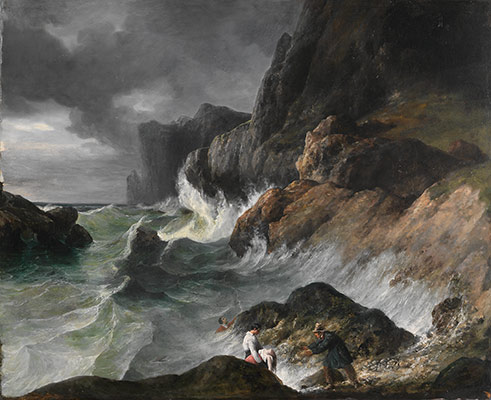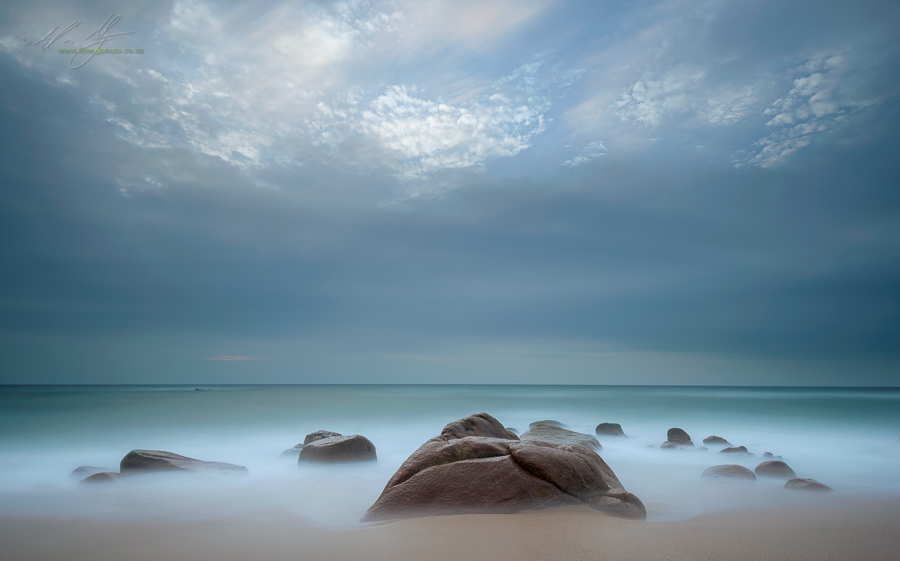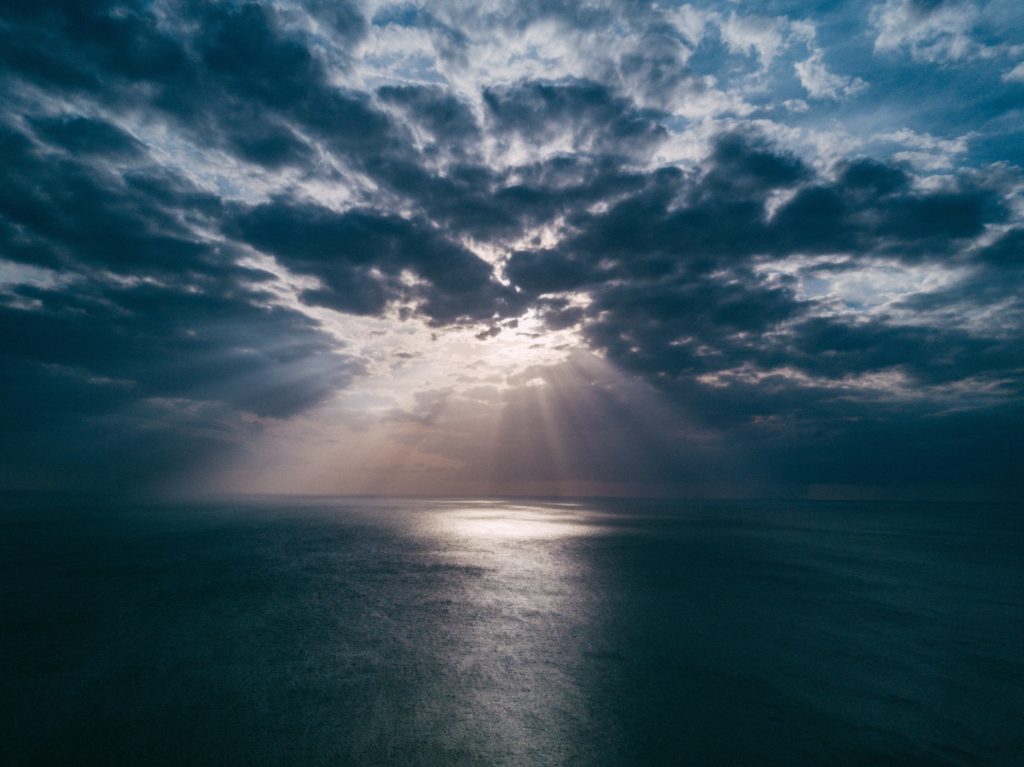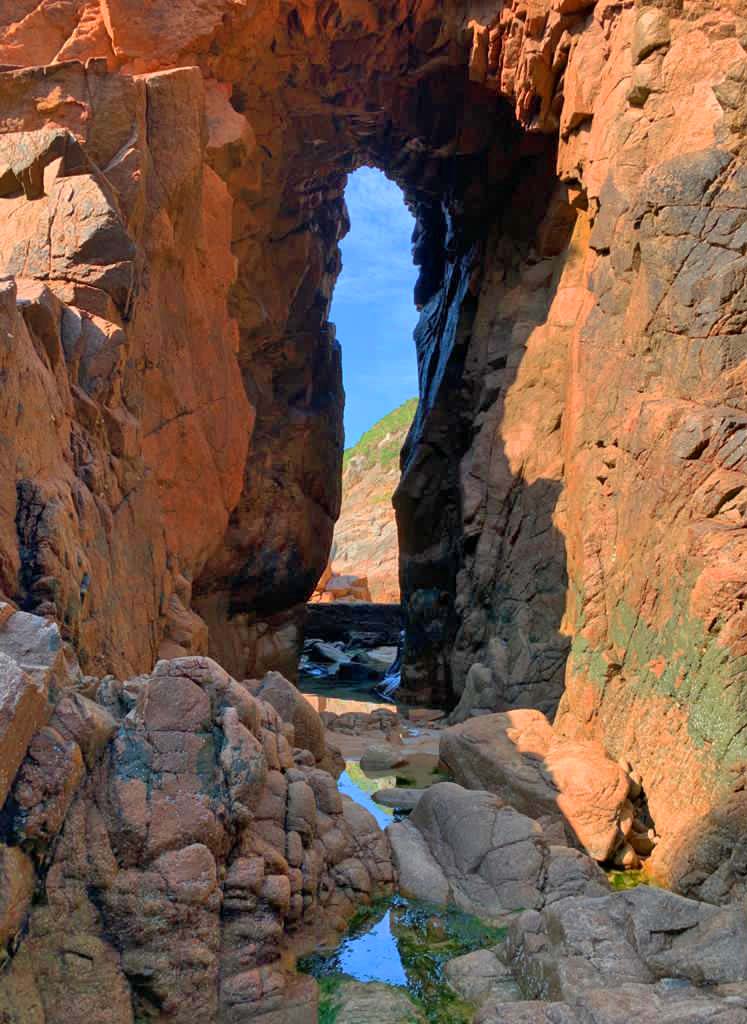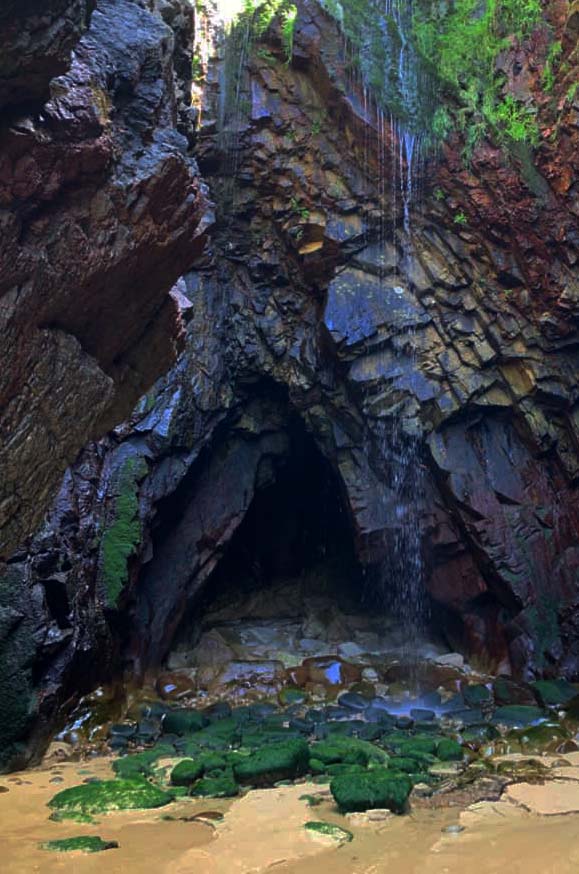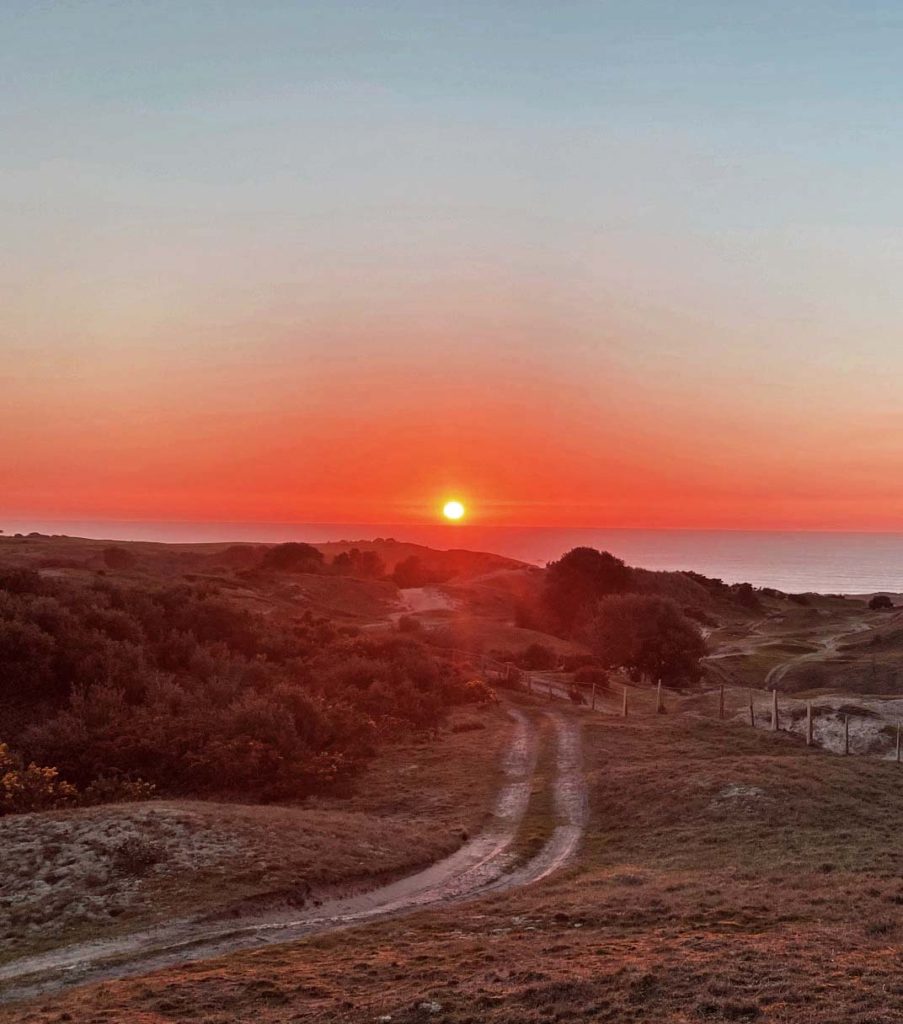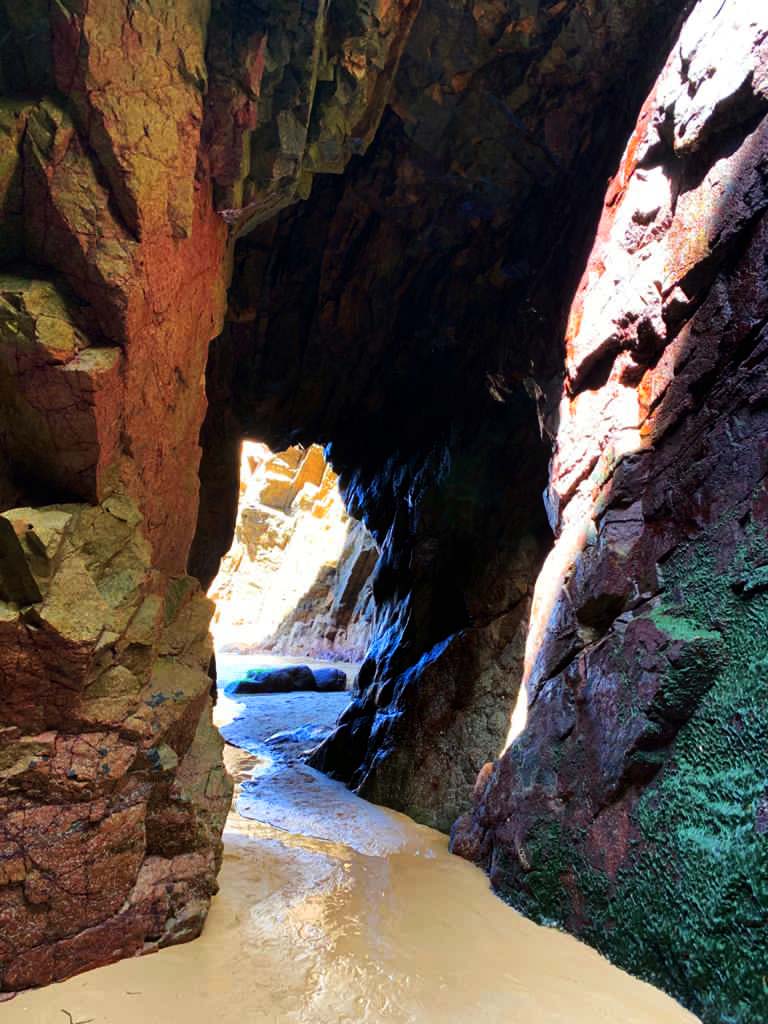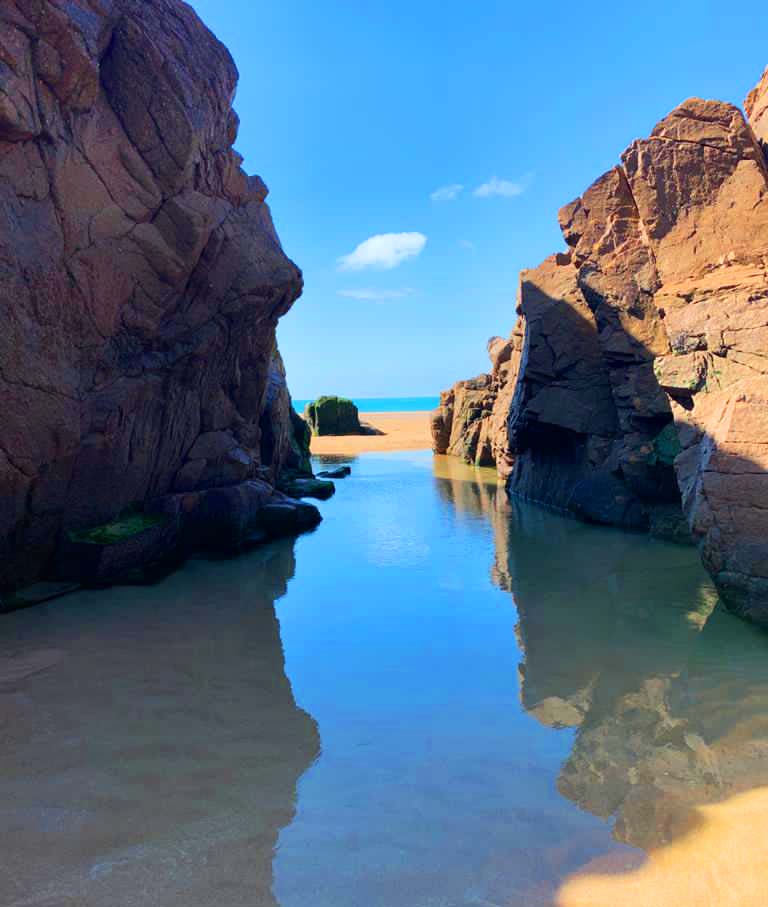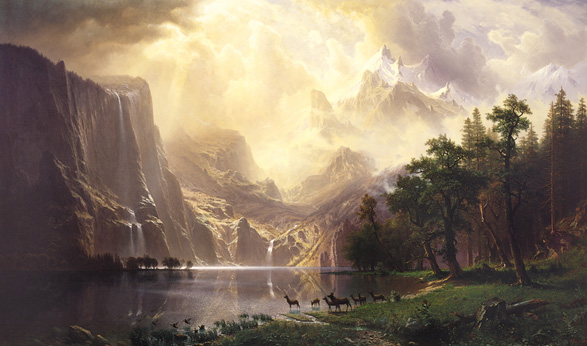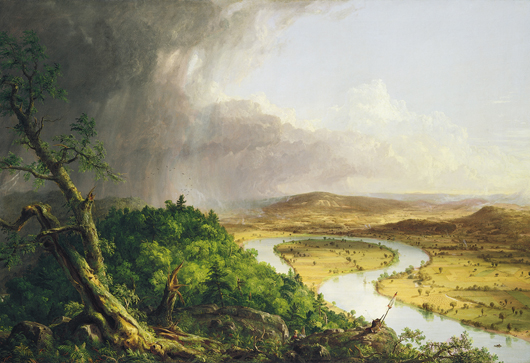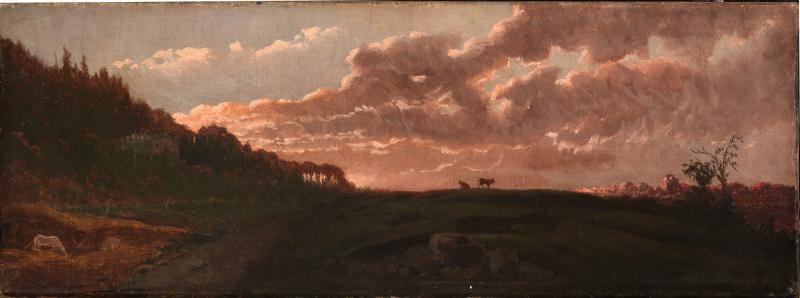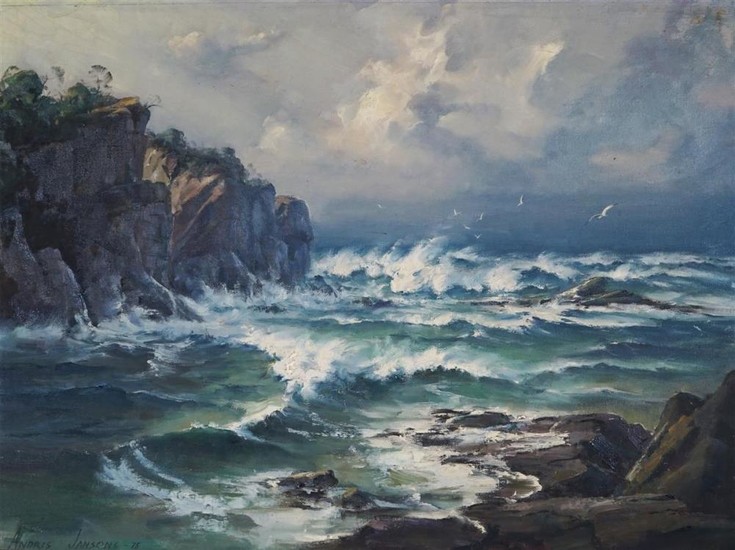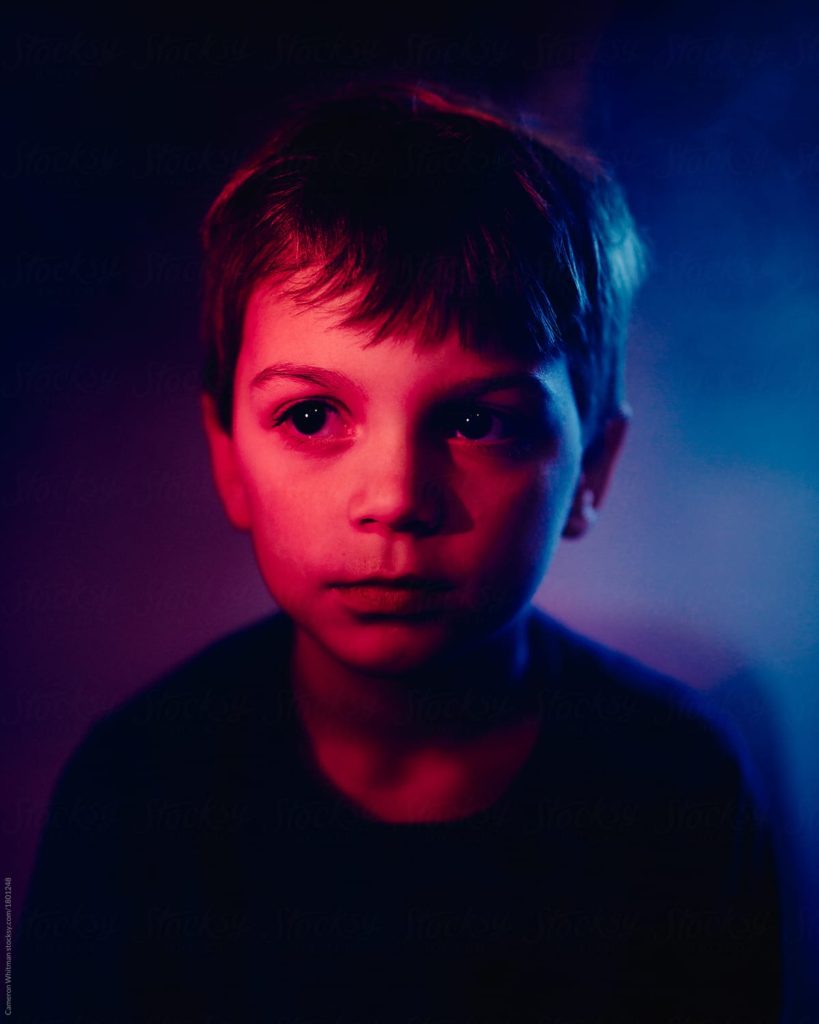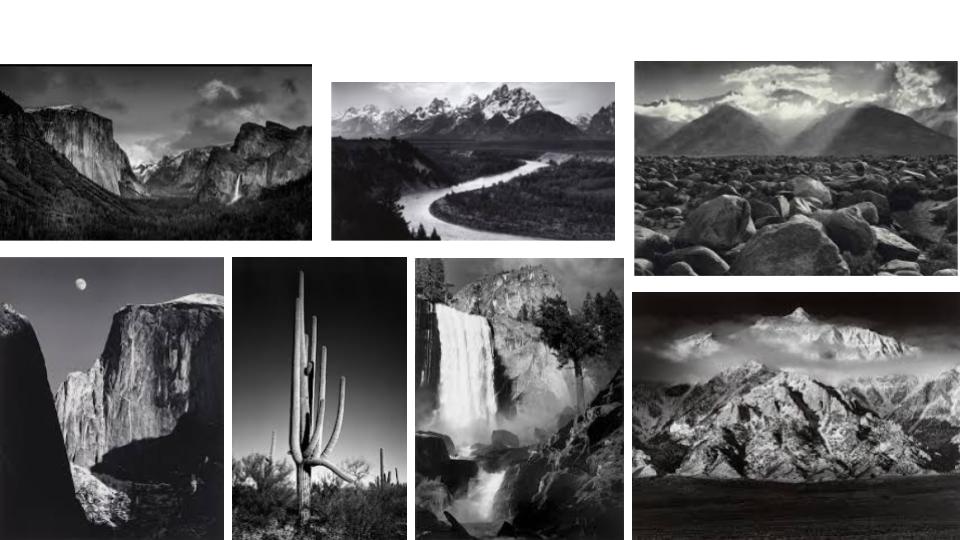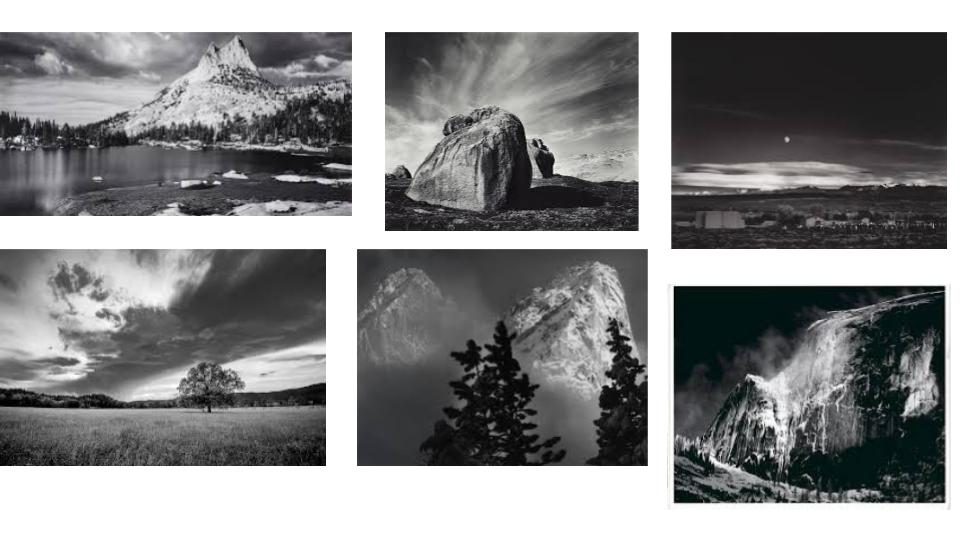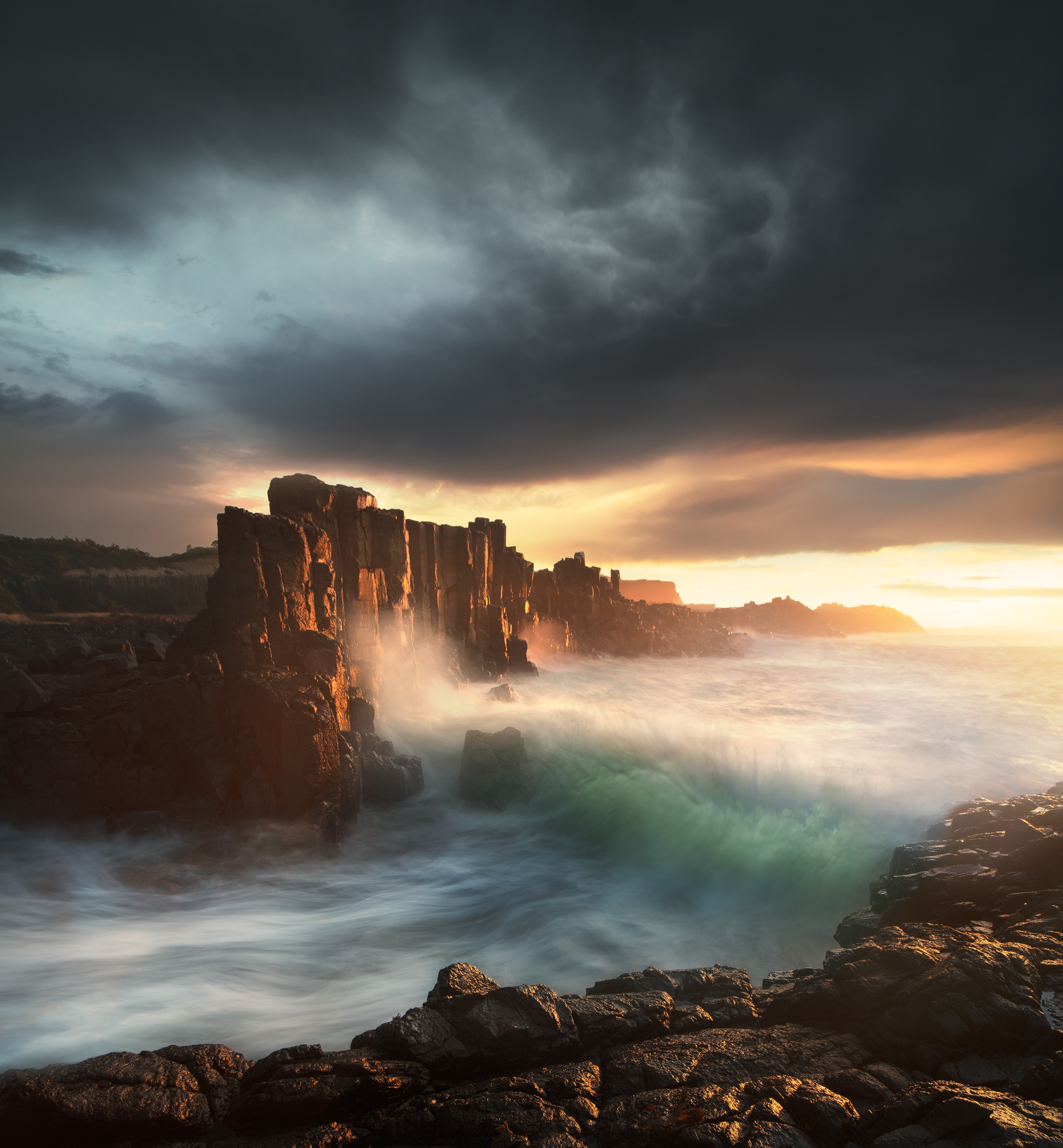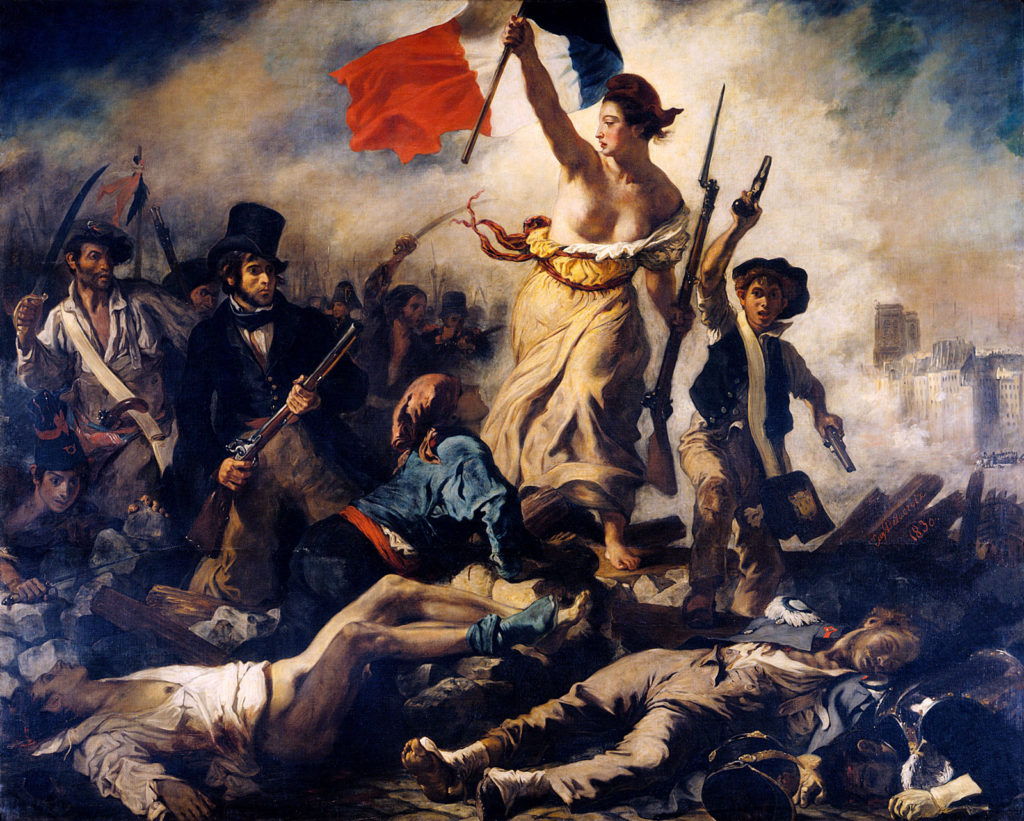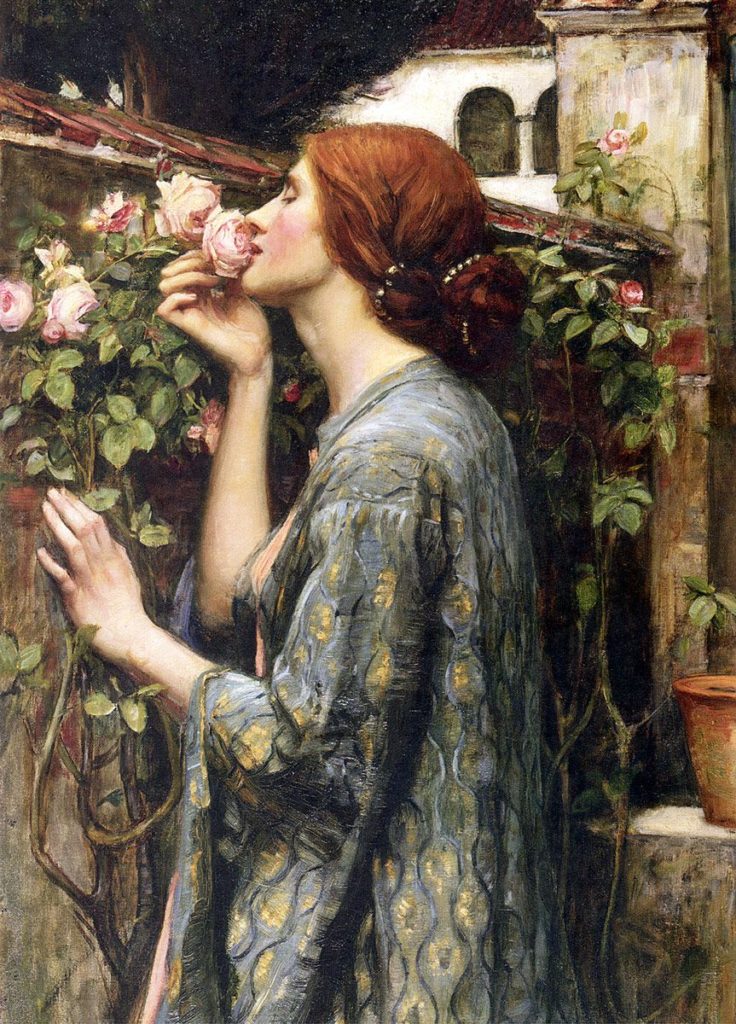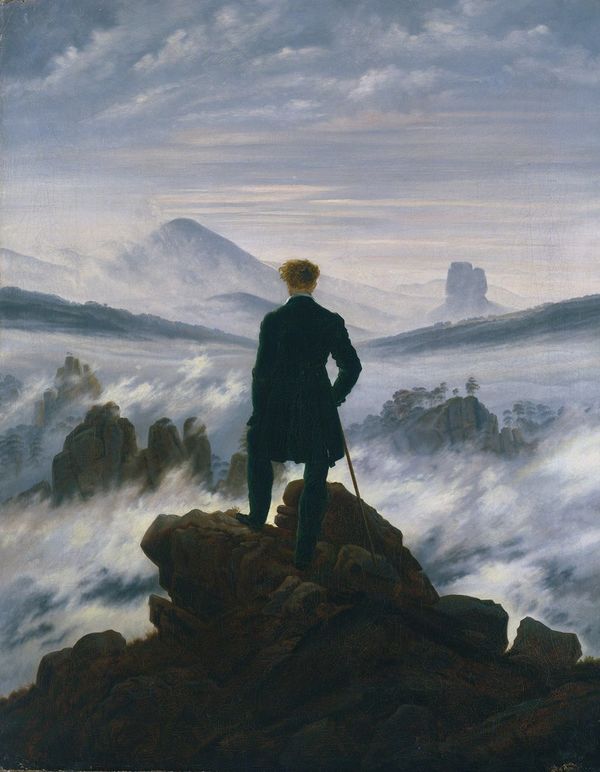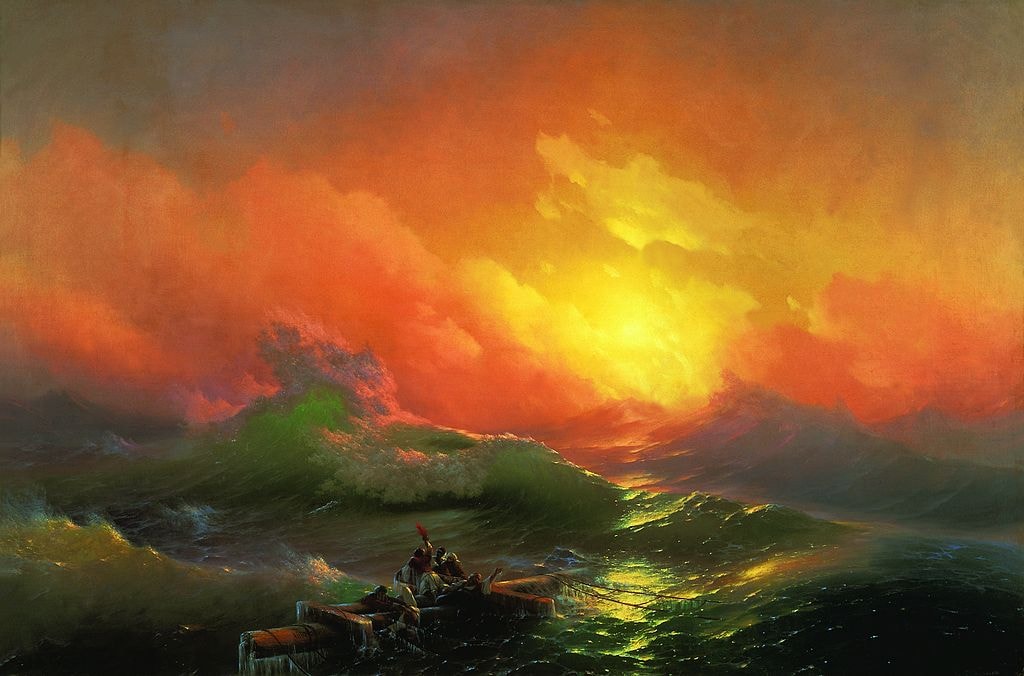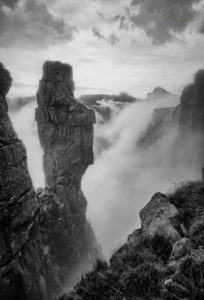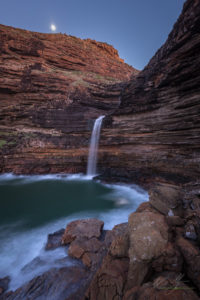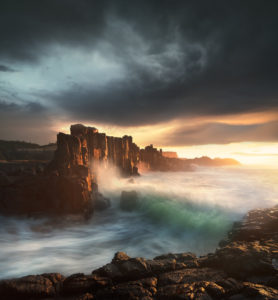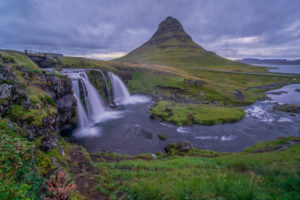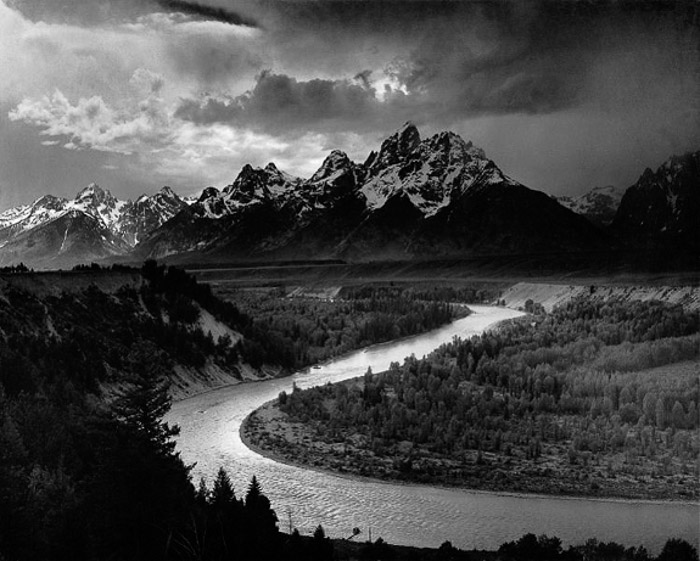‘Romanticism was a particular movement in art that occurred during the first half of the 19th century. As a movement, romanticism had a particular emphasis on emotion and individualism, along with a glorification of the past. Painters, poets and writers drew particular inspiration from nature, which played a prominent role in their depictions. In particular, ‘nature’ was depicted as unsullied by the hand of man, or if humankind was evident, it was shown in a kind of symbiosis rather than exploitation. The imagery conveyed a sense of a golden age, but also one where the individual was central rather than peripheral to a group or to more prominent icons.’ To sum this up, whether its paintings or photography, Romanticism placed particular emphasis on emotion, horror, awe, terror and apprehension. Emotion and feeling were central not only to the creation of the work, but also in how it should be read.’
In art, romanticism looks like this^. The painting on an exaggeration of reality, but also beauty. The strokes that the artists use with a paintbrush are very smooth, creating a realistic view. You will also often see both dark and light in the painting with natural colours and sometimes gentle beams of light coming though the clouds. The majority of romanticism landscapes are dramatized.



